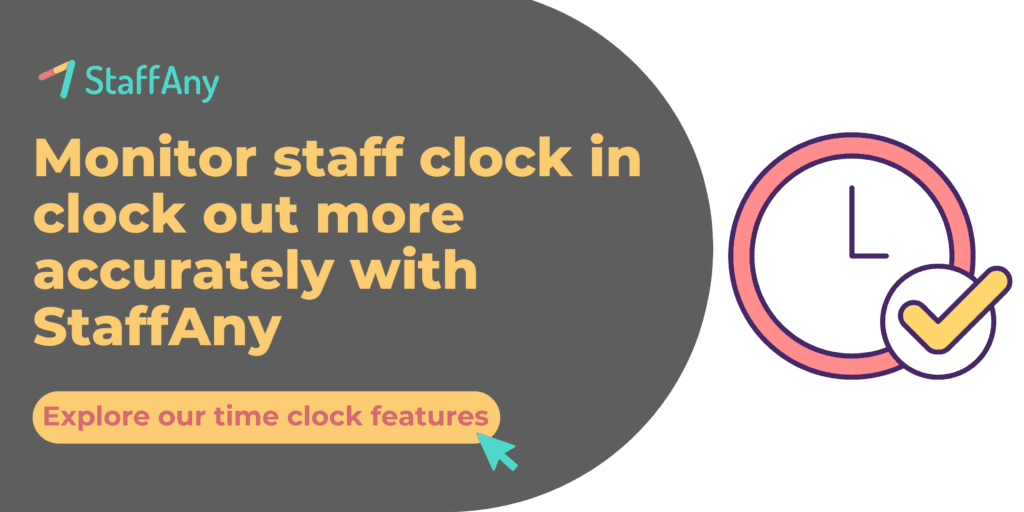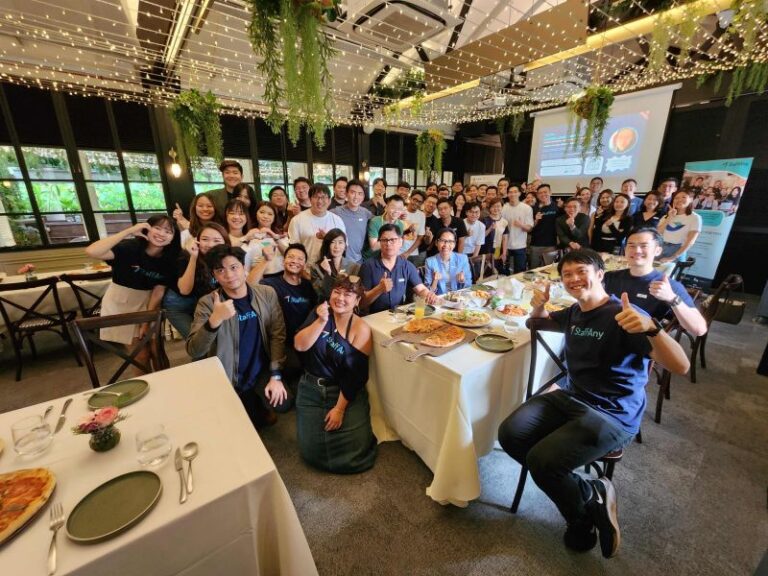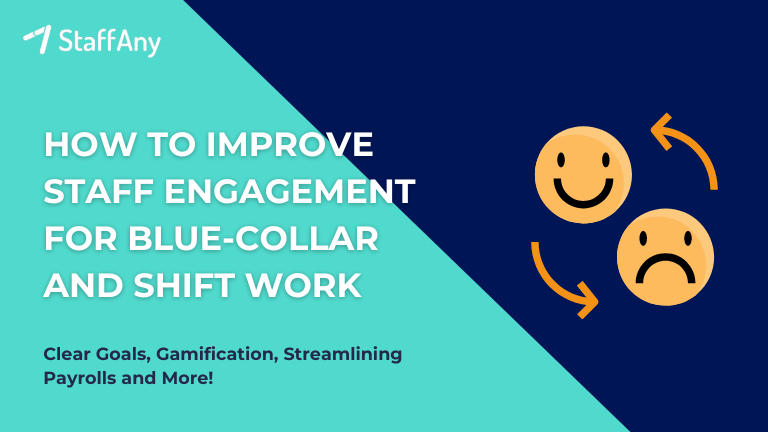Time is a valuable resource, both in the personal and professional sphere. In the F&B industry and other workplace, “time theft” has garnered increasing attention in recent years. Time theft is a significant concern for businesses and organisations of all sizes, as it refers to employees misusing their work hours, intentionally or unintentionally, leading to a decrease in productivity and efficiency.
This issue, akin to a silent productivity killer, can take various forms and result in tangible financial losses and intangible damages to a company’s culture and employee morale. This article will delve deep into time theft: what it is, why it matters, and, more importantly, how to combat it effectively. Understanding and addressing time theft is paramount for any business striving to thrive in today’s competitive landscape, where every minute counts.
What Is Time Theft, and Why Does It Matter?
Time theft refers to the deliberate misuse or misappropriation of work hours by employees. It is a phenomenon that transcends industries, affecting businesses of all sizes. In the context of F&B businesses, time theft can manifest in various ways, leading to decreased efficiency and increased operational costs.
One of the primary reasons why time theft matters is its adverse effect on an organisation’s bottom line. It results in a loss of billable hours, decreased productivity, and increased labour costs. Moreover, it can lead to employee dissatisfaction, negatively impacting workplace morale.
Read more: Why Attendance Matters at Work? 11 Ways to Improve
Warning Signs of Time Theft
Recognising the warning signs of time theft is the first step in combating this productivity-draining phenomenon. Here are six common indicators that should raise a red flag in any organisation:
1. Inflation of Work Hours
One of the most blatant signs of time theft is when employees inflate the hours they have worked. This deceptive practice can involve logging extra hours on their timesheets or manipulating the clock-in and clock-out times. Not only does this lead to wasted wages, but it also skews performance data, making it difficult to assess true productivity.
2. Personal, Non Work-Related Activities
Engaging in personal activities during working hours is another form of time theft. This could manifest as extended lunch breaks, personal phone calls, or spending an excessive amount of time on non-work-related websites or social media platforms. Such distractions can have a detrimental impact on productivity and must be addressed.
3. Digital Distractions and Cyberslacking
In the digital age, the temptation of cyberslacking is ever-present. Employees may spend a significant portion of their workday browsing the internet, chatting with friends, or shopping online. It’s important for employers to identify and address this form of time theft promptly, as it can significantly hinder productivity.
4. Buddy Punching
Buddy punching is a deceptive practice where one employee clocks in or out for a colleague who is not present. This act not only leads to inaccurate attendance records but also compromises workplace integrity. Employers should be vigilant in detecting and preventing buddy punching to maintain a fair and honest work environment.
5. Late Arrivals/Early Departures
Consistently arriving late to work or leaving early without legitimate reasons is a sign of time theft. Such actions disrupt the workflow, create resentment among colleagues, and harm the overall work environment. Employers need to address punctuality issues to maintain a productive workplace.
6. Intentional Time Wasting
Some employees may deliberately engage in unproductive activities, such as lengthy personal discussions or idle chit-chat, knowing it hampers work progress. Recognising and addressing such behaviour is crucial in preventing time theft and promoting a more efficient workplace.
Read more: 10 Tips for Managing Employee Absence
Practical Strategies for Preventing Time Theft for F&B Businesses
Addressing time theft in the F&B industry requires tailored strategies to ensure optimal efficiency. Here are six practical approaches to prevent time theft and enhance productivity in your F&B business:
1. Implement Clear Attendance Policies
Establishing clear and comprehensive attendance policies is the foundation for preventing time theft. Clearly communicate expectations regarding punctuality, break times, and overall adherence to work hours. Ensure that employees understand the consequences of violating these policies, fostering a culture of accountability.
2. Use Time and Attendance Software
Investing in reliable time and attendance software is a game-changer for F&B businesses. Implementing tools like StaffAny can automate time tracking, reducing the likelihood of manual errors and ensuring accurate recording of work hours. This not only streamlines administrative tasks but also provides a real-time overview of employee attendance.
3. Regular Training and Communication
Education plays a pivotal role in preventing time theft. Conduct regular training sessions to educate employees about the importance of time management and the impact of time theft on both individual and team performance. Establish open communication channels to address any concerns or challenges related to work hours.
4. Encourage a Positive Work Environment
Creating a positive work culture is a preventive measure against time theft. Fostering an environment that values and recognises employees can boost morale and reduce the likelihood of resorting to time theft as a coping mechanism. Encourage teamwork, recognise achievements, and address any issues promptly to maintain a positive atmosphere.
5. Implement Biometric Authentication
Combatting buddy punching is essential in preventing time theft. Implement biometric authentication systems to ensure that only authorised personnel can access time-tracking systems. Biometric measures such as fingerprint or facial recognition add an extra layer of security, eliminating the possibility of fraudulent clock-ins or outs.
6. Monitor Digital Activities
In the digital age, monitoring online activities during work hours is crucial. Implement tools that allow you to track and manage employees’ digital activities, identifying patterns of excessive non-work-related internet use. This not only helps prevent time theft but also promotes a focused and productive work environment.
Read more: 10 Common Problems in Restaurant Management
Streamline Your Employees’ Attendance with StaffAny
Efficiently managing employee attendance is the cornerstone of preventing time theft in the F&B industry. One of the most effective tools in achieving this is StaffAny’s Time Attendance Software, a comprehensive solution designed to address the unique challenges faced by businesses in this sector.
By seamlessly integrating StaffAny into your operations, you not only prevent time theft, but also elevate your attendance management to a new level. Here’s how:
1. Improved Communication between HR and Operations with StaffAny
StaffAny goes beyond just providing information; it facilitates improved communication between HR and operations. The software delivers accurate attendance data in real time, eliminating issues related to poor communication. This ensures that all stakeholders are on the same page, fostering transparency and efficiency.
2. Accurate Hours and Costs with Smart Features
StaffAny’s advanced time attendance system is equipped with features such as smart matching, facial recognition, automatic clock-out, and prevention of unauthorised clock-ins. These features ensure that only actual hours worked are recorded, preventing staff from manipulating clock-in and clock-out times to claim overtime. This level of accuracy helps you control labour costs effectively.
3. Seamlessly Track Time Across Multiple Sites
For F&B businesses operating across multiple locations, tracking time can be challenging. StaffAny simplifies this process by allowing employees to clock in at different sites, neatly categorising work hours. This seamless tracking across multiple locations saves time and effort, making transitions between sites a breeze.
Try StaffAny today to experience the difference it can make in your organisation’s time management and productivity!












